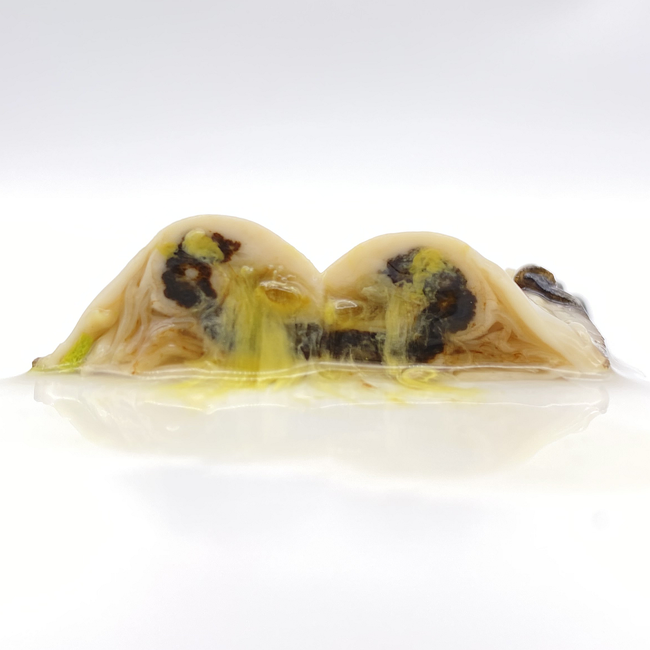
2021.12.17|
Application of microalgae Euglena to oyster aquaculture scene
1. Introduction
- Background: Umino Co., Ltd. (headquartered in Minami-cho, Kaifu District, Tokushima Prefecture, CEO: Tomoharu Nakamura) is known for its comprehensive involvement in the oyster industry, ranging from the supply of triploid oyster seedlings, which are resistant to slimming even in summer and thus enable year-round shipping, to the distribution and sales of oysters. Recently, the company has launched "Flavor Oyster Euglena," a new product developed under a fresh concept. This innovative product represents Umino's continued commitment to advancing the oyster industry and introducing novel approaches in oyster cultivation and sales.
- Scope: The report examines the role of oyster aquaculture in promoting planetary health, focusing on the use of microalgae, particularly Euglena.
2. Oyster Aquaculture: An Overview
- Nutritional and Environmental Benefits: Oysters are nutritionally rich and environmentally beneficial. They help fix CO2, mitigate red tides, and form living reefs that enhance marine ecosystems.
- Industry Perspective: Oyster farming is characterized by planned production, low operational costs due to the absence of feeding requirements, and minimal environmental pollution. It's a nationwide viable industry, supporting sustainable practices in line with the Sustainable Development Goals (SDGs).
3. The Role of Microalgae: Euglena
- Sustainable Tech Farms: Euglena, a microalgae, is used in resource-recycling agricultural systems, transforming untreated sewage resources into valuable products like fertilizers and biofuels.
- Nutritional Profile: Euglena boasts 59 types of nutrients, combining attributes of both plant and animal nutrition, making it versatile in healthcare, biofuel, and other industries.
4. Integration of Euglena in Oyster Farming
- Innovative Approach: Incorporating Euglena in oyster farming enhances the nutritional value of oysters and contributes to environmental sustainability.
- Flavor Oyster Euglena: A product that infuses Euglena into oysters, maintaining traditional flavors while adding new health benefits.
5. Environmental and Economic Implications
- CO2 Fixation and Water Purification: Oysters aid in CO2 fixation and water purification, addressing climate change and marine health.
- Economic Stability and Export Potential: The capability of year-round shipping of certain oyster breeds, such as triploid oysters, offers economic stability and export potential, aligning with the SDGs.
6. Conclusion
- Future Prospects: The synergy of oyster aquaculture and microalgae like Euglena holds promise for advancing planetary health, offering solutions to environmental concerns and economic and nutritional benefits.
Additional Insights
- Integrated Multi-Trophic Aquaculture (IMTA): This approach combines fish, algae, and oyster cultures. It uses algae grown from fish waste and feeds it to oysters, creating a sustainable, pollution-reducing cycle.
- Environmental Benefits of Shellfish and Seaweed Aquaculture: Shellfish aquaculture is a low-input system that improves water quality and provides habitat for other species. It's effective in absorbing excess nutrients from water and provides habitat for economically important fish species.
- Nitrogen Removal and Habitat Value: Shellfish and seaweed farms play a crucial role in removing nitrogen from coastal waters and provide habitat that supports fish species diversity and abundance.
